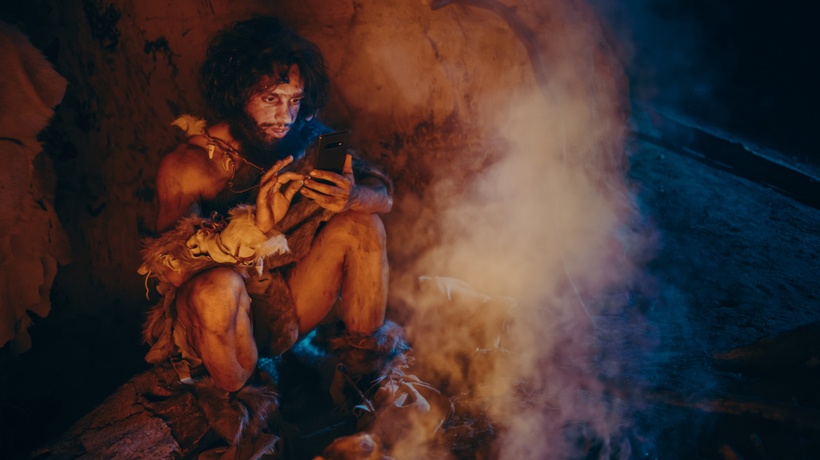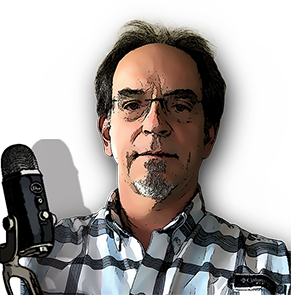How To Create A DIY Blended Learning Course
Sites like LinkedIn Learning (aka Lynda.com) have been providing online, self-study instruction for years. For blended learning, however, that isn’t quite enough. A recent article, “Bill Gates: Textbooks are ‘becoming obsolete’—here’s the best way to learn today,” predicts the need for blended learning. Bill Gates is convinced that the future is online books, videos, and interactive quizzes. Not only is student retention of material better, but the use of online resources can also be a cost saver as printed textbooks have become very costly.
Rather than write about a hypothetical example, I've chosen to use a real-life blended learning project. My Young Person’s Guide to Project Management (YPG-PM) course includes a textbook with over 40 chapters covering the fundamentals of Project Management. Each chapter has more information available online that includes a video, quiz, and downloadable attachments. This combination of self-study and scheduled classes (live classroom or virtual) is what blended learning is all about. Class activity is important as it encourages collaboration and learning with others.
Normally, Project Management learning material is boring and uneventful. YPG-PM is the only textbook I know of aimed at students in high school or college. I hope to attract motivated displaced workers needing a career change.
Designing A DIY Blended Learning Course
Rather than invest in a comprehensive Learning Management System (LMS), I wanted to see if I could do-it-yourself (DIY). There are well over 100 viable LMS options available on the market. A few are free (sort of) and most are pretty costly. By using off the shelf apps and services, I can control how the course is created and maintained.
For the online video part of the blended course, check out my three-part series on creating a professional home studio on eLearningIndustry.com:
- Creating A Quality eLearning Home Office Studio
- Recording Professional App Training Videos
- The Process of Producing App Tutorials
To start, identify common elements to be used to produce a book, presentation, and online video:

By organizing what is common (and what isn’t), the outline became the central repository of information used for every chapter (topic). The outline contains headings, scripts, artwork references, quiz questions and answers, and effects used in presentations and videos. As you might guess, an outliner app makes adjusting the order of material super easy.
Without the use of an LMS, there needs to be a way to host lessons. I posted each chapter to my TechSmith’s Screencast.com account. That means purchasers of the book will be viewing online videos on Screencast. Screencast supports Camtasia-made videos with closed captioning (CC) and online quizzes. Screencast even has a facility to host downloadable attachments on each video web page.
There are a few downsides to a DIY approach. Screencast.com doesn’t have a way to authorize students or track their progress. There is also no ability to produce a certificate of completion which I’ll figure that out later. Otherwise, the book includes “secret” URLs to this online information and the student can simplify access by setting up a free Screencast.com account.
The Textbook As The Focus Of The Course
Creating a blended learning course takes considerably more time than writing a book. In my own project, the YPG-PM course is scheduled to be completed in the first half of 2020. I have identified the textbook as the springboard to all of the course material.

To make the book accessible to everyone, design the book for the most popular formats: print, PDF, and Kindle. For YPG-PM, each chapter includes instruction material, class exercises, and tests. There is self-study that includes a condensed video presentation of the material, downloads that the student can use, and a short quiz. (“Self-study” is a subtle way around calling it “homework”.) The figure below shows how the book is created:

As an outline is created, a draft document is formed. The document text is double-checked with a grammar checker app. Grammar checking found in Word or InDesign doesn't compare to what the Hemingway app offers. Hemingway evaluates the text and since YPG-PM targets high school students, the text must have a readability range between grades 7 and 10.
The draft document text is then placed in the textbook using a page layout app like Adobe InDesign. You could try to use an app like Microsoft Word to produce the final textbook, but you'll never achieve the professional look common in textbooks. Most importantly, InDesign supports accurate four-color mastering and complex layout of text and graphics.
Creating Videos
Blended learning encourages the extensive use of video. For this reason, a video of the most important material in each chapter of the book is created. A practical approach that just about everybody does is to create a PowerPoint slide show and use Camtasia to record it. In Camtasia, add a voiceover, closed captioning, and a short quiz. In my case, videos are primarily used for self-study. The PDF version of the slide show can be used to complement the textbook during class instruction. (Neither the student or the instructor needs the original PowerPoint presentation.)

The outline is extremely critical in this stage. It should include the voiceover script, a reference to artwork, animation and other effects used, and questions and answers to the quiz. Any material you want the student (or instructor) to download should be packaged up and added to the Screencast video page. This includes the PDF version of the presentation, templates, documents, and worksheets.
Posting Videos And Attachments
Screencast provides a web-based folder structure that works perfectly for each chapter's online information. I found folders to be the best way to keep each chapter's online information organized. Access to each folder could be password-protected (which is identified at the beginning of the textbook). The video is posted for viewing with closed captioning enabled. The PDF presentation is uploaded as an attachment along with any other artifacts. I make it easy by compressing these into a ZIP file.

Each of these video webpages has a unique URL generated by Screencast.
Finishing The Textbook For Production
Take the URL generated for the video and download web page on Screencast and insert it in the book:

By employing a single-source book design, you should be able to render the textbook to at least 3 different uses:
- Kindle: In EPUB format
- Online: In viewable PDF format
- Print production: In full-color PDF format

There are different approaches to designing books to accommodate different devices and different output formats.
You know, there’s nothing like your very own DIY project!









